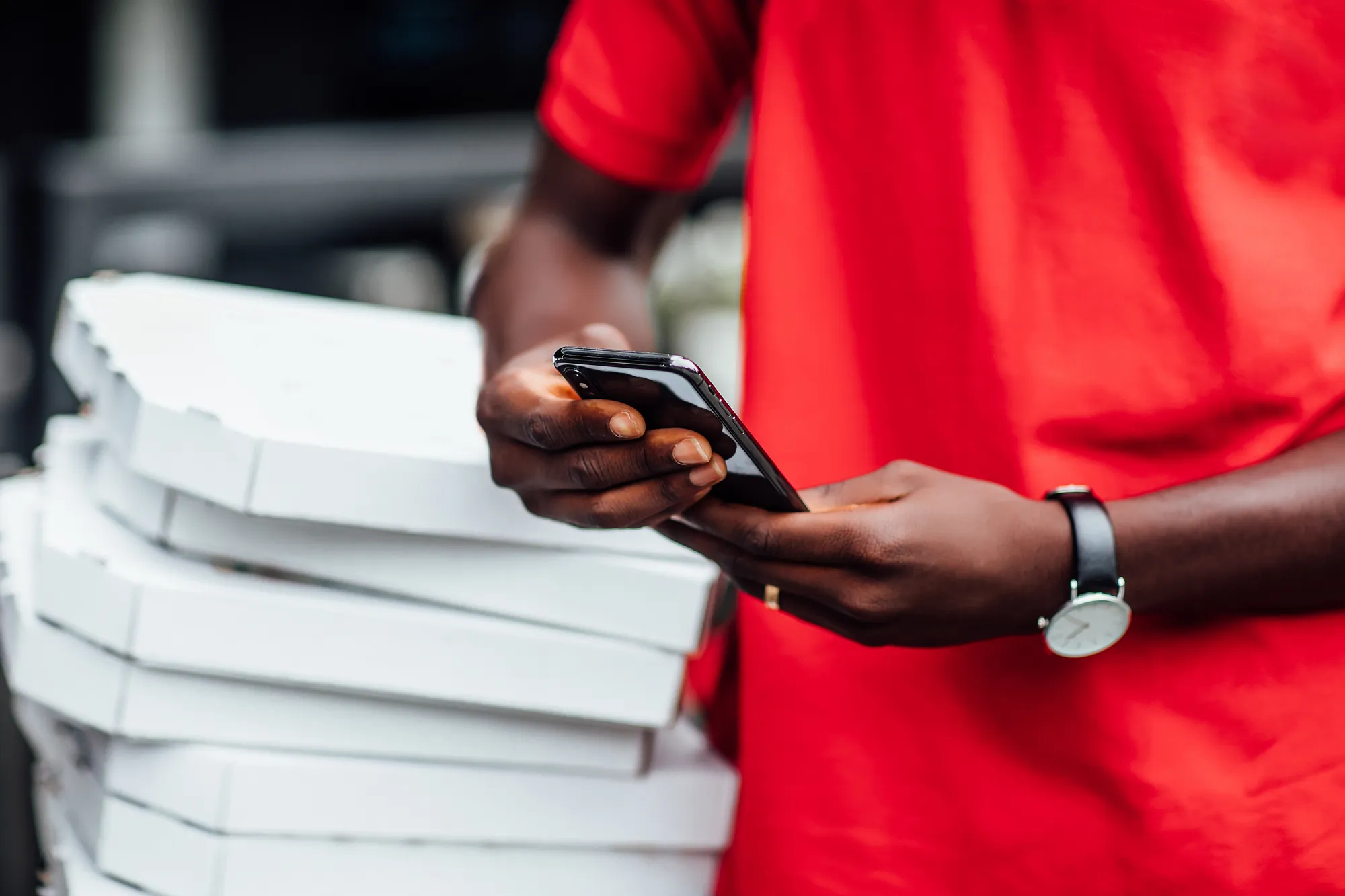Introduction
The food delivery industry has experienced unprecedented growth over the past few years, especially with the rise of on-demand delivery apps like Uber Eats, DoorDash, Grubhub etc. However, this rapid expansion has presented a new set of challenges, one of which is scalability. In this article, we will explore how ODDS uses blockchain technology to revolutionize the food delivery service sector by addressing scalability issues, improving efficiency, and enhancing customer experiences.
Blockchain and Food Delivery: A Perfect Pair
Blockchain technology, originally designed to support cryptocurrencies like Bitcoin, has proven to be a versatile tool with applications across various industries. When integrated into the food delivery sector, it can provide an efficient, transparent, and scalable solution. Here’s how:
1. Decentralization for Improved Scalability
One of the most significant challenges food delivery services face is ensuring that their platforms can handle a growing number of orders efficiently. Traditional centralized systems often struggle to keep up with increasing demand, leading to slow response times, delayed deliveries, and frustrated customers.
ODDS introduces decentralization, where data is distributed across a network of nodes. This architecture ensures that multiple participants contribute to the network’s maintenance, reducing the load on any single entity. As a result, food delivery platforms can scale more easily to accommodate higher order volumes without compromising speed or reliability.
2. Smart Contracts Streamline Operations
Smart contracts are self-executing contracts with predefined rules and consequences. In the context of food delivery, they can automate various processes, such as order processing, payments, and even dispute resolution. When a customer places an order, a smart contract can trigger a series of actions, from notifying a restaurant to dispatching a delivery driver and processing the payment automatically.
This automation not only enhances efficiency but also reduces the potential for human error and dispute resolution time. Blockchain’s immutability ensures that all transaction data is transparent and tamper-proof, adding trust to the process.
3. Transparency and Traceability
In the food delivery industry, consumers are increasingly concerned about the origin and quality of the food they order. Blockchain’s transparent and traceable nature can provide valuable insights into the supply chain. By recording every step of the delivery process on the blockchain, customers can track their orders in real-time, from the kitchen to their doorstep.
Moreover, blockchain can be used to verify the authenticity of ingredients and their sources, ensuring that food safety standards are met. This transparency not only builds trust but also helps food delivery services meet compliance requirements and deliver higher-quality food.
4. Reward Programs and Loyalty Points
Blockchain technology can enhance customer loyalty programs by creating a secure and transparent system for managing rewards and loyalty points. Loyalty points can be recorded on the blockchain, ensuring their immutability and preventing fraud. This can incentivize customers to use food delivery services more frequently, thereby increasing revenue and market share. ODDS has provided a loyalty points for drivers.
Conclusion
Blockchain scalability is poised to revolutionize the food delivery service industry by providing innovative solutions to some of its most pressing challenges. From decentralization to smart contracts, transparency, and loyalty programs, blockchain technology offers a myriad of benefits for food delivery businesses and their customers.
While scalability is a critical aspect, it’s important to acknowledge that blockchain technology also brings various other benefits, such as enhanced security and trust in the system. By embracing blockchain, food delivery services can position themselves for future growth and ensure the delivery of delicious meals to their customers, with efficiency and transparency at the forefront of their operations. This technology isn’t just the future; it’s the present, and the food delivery industry should seize the opportunity to stay ahead of the curve. Use www.oddsdrive.com to access this service.

